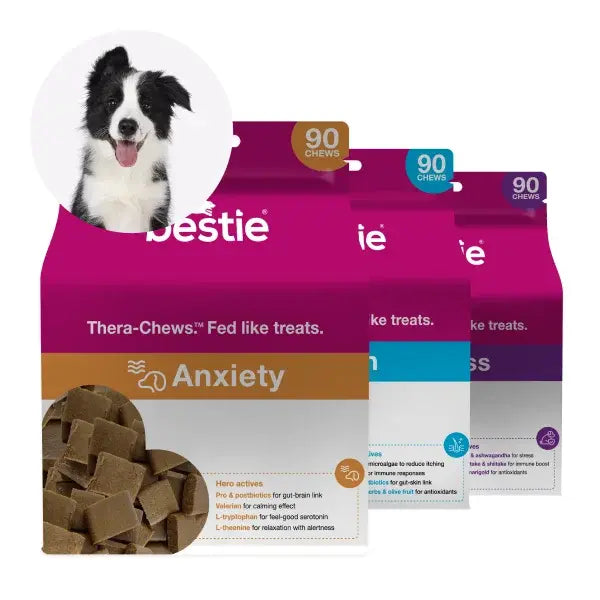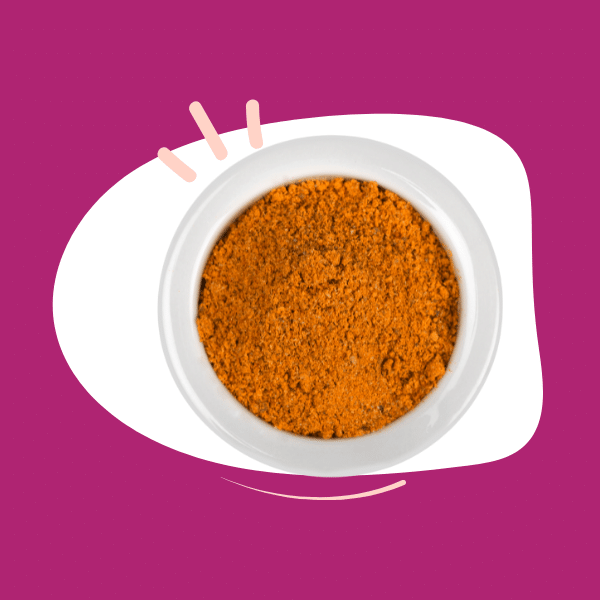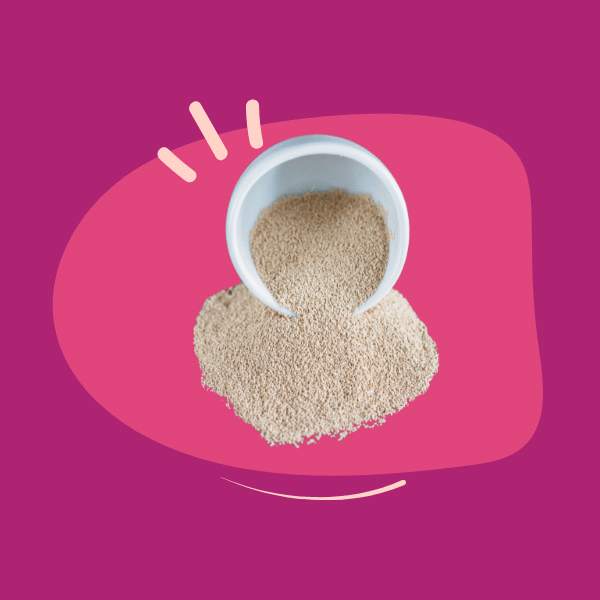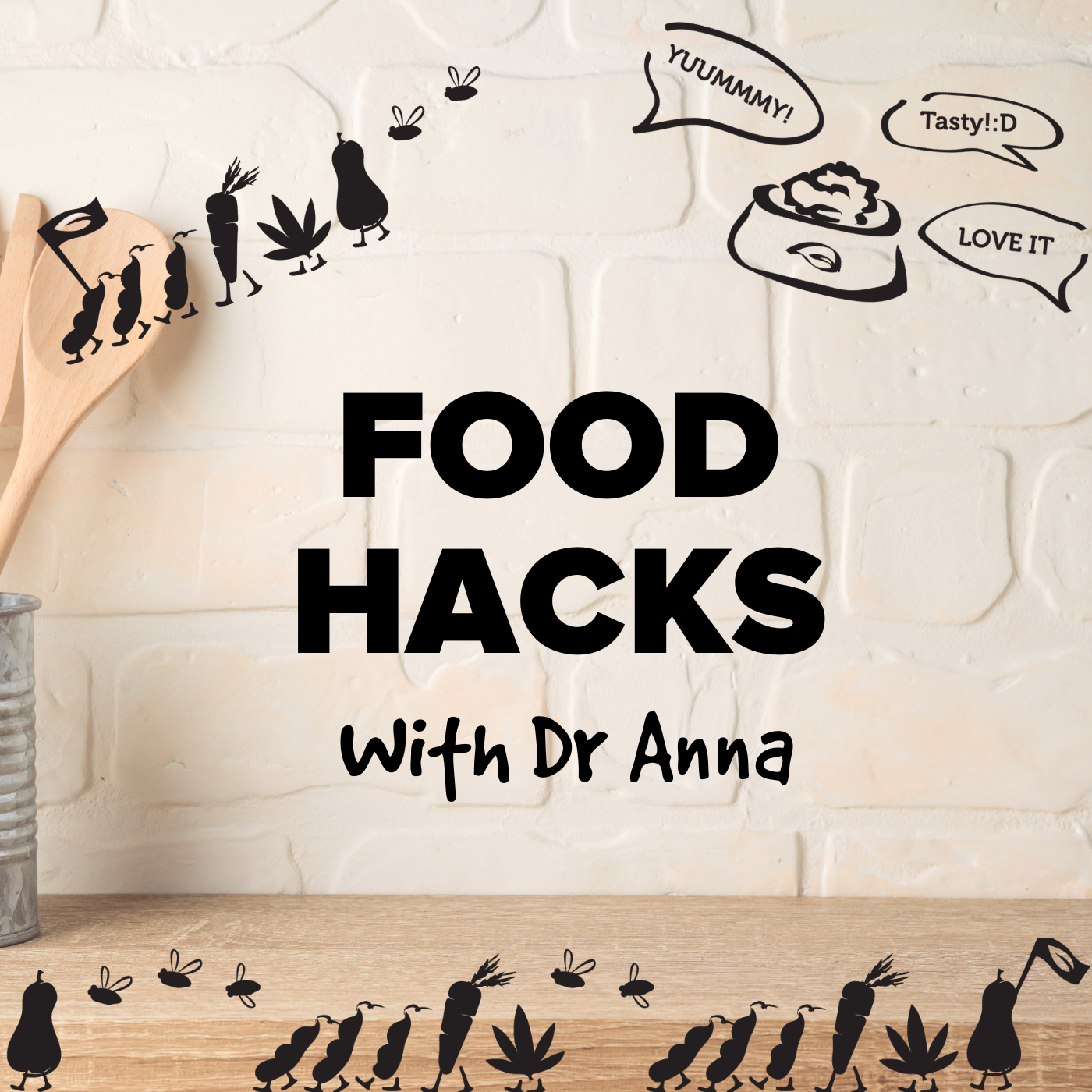I know from painful, personal experience, that anxious behaviour is easy to miss. And I also know now, that it can have a long-term impact on dogs’ health – and get worse as they get older. Here I wrap up how to live with an anxious dog: how to recognise anxiety, why it happens, and how to deal with it.
Many years ago, I had a beautiful dog called Flick. A brindle-coloured Staffy puppy I rescued from the local pound, Flick was really the child I never had, and my first dog in adult life. I loved her to bits.
When she ate my shoes when I was at work, I thought, ‘oh, that’s what puppies do’. When she tore out the window of my pre-renovated, lean-to bathroom, I thought, ‘oh, she’s lonely’.
And when Flick scaled our 2.8m timber fence in Sydney’s Newtown in a thunderstorm, to be found days later holed up in a crazy woman’s house (who thought Flick was the reincarnation of her dead dog), I thought, ‘oh, she’s scared of storms’.
I began asking people if having two dogs was easier and better than one. I thought that if Flick had a friend to be with while I was at work, this behaviour would settle down. I rescued an old Tenterfield terrier one day, and then there were two. Flick, and Finkel.
As Flick got a bit older, less shoes were eaten, and less windows were broken. (I also renovated the house, so there was less opportunity too!) She had a friend…and then they both became anxious wrecks during thunderstorms!
If you’d asked me back then, I would have said I lavished Flick with everything she needed. Pre-Finksy, she came to work with me sometimes and at other times, I rushed home to walk her. I gave her the best food, toys, activities, health care…Not once though, did I research a little more deeply, and work out that Flick was anxious. (No vet mentioned this either.)
I realise now, that as a puppy, Flick may have been going through a ‘fear period’ and needed my help to develop more resilience. I realise that Flick’s anxiety also communicated itself to Finkel, so they both had it!
Sadly, Flick died at five years of age, from a heart tumour that showed up and accelerated over a horrific three week period. I’ll never know how that anxious behaviour may have played out later in life. Even with the dogs that followed, Alfy and Mondoe, I missed some of the anxious-behaviour signs. Now that Alfy is almost 21 years old, I see that his underlying anxiety is making his cognitive decline a bit harder to manage.
How do you recognise anxious behaviour?
Holistic vet Dr Kathy Cornack told me in an interview for Pet Parent with a Brain, that anxiety goes largely unrecognised.
“There are the obvious ones like separation distress, where they know that the dog, for instance, is not happy when they're out. But by and large, most people out there in the general community do not recognise signs of anxiety in our companion animals,” says Kathy.
Kathy says there are some typical signs people may overlook.
“You're looking at the dog and the dog will go and do a big yawn and everyone says, ‘oh you’re tired’, and you know the dog’s not tired. That's what we call a calming signal. It’s one of the little ways of communicating that dogs use to calm themselves down.
“Another one would be, you arrive at the house or at the clinic or whatever it is, and the dog’s really kind of jumping up and down and the client will say, ‘Oh, they're really excited to see you. They like coming to see you Dr Kathy. I wish that was true. More than likely the dog doesn't like coming to see me. The dog is stressed and so people can misinterpret that excitement…You know, excited, but it's actually over aroused because of anxiety.”
Here’s a list of the behavioural indicators of stress – uneasiness, fear, or anxiety:
- Yawning and lip licking
- Ears flattened against the head, tail down and often tucked between the legs
- Submissive behaviour: lying down on its side, lifting a hind leg, displaying the abdominal area, and sometimes urinating
- Aggressive posture: raised fur on the shoulders and over the rump and lips retracted in a snarl
- Often disinterested in food, play, or other interactions
- Panting, drooling, weeing and pooing
- Pacing, digging, destructiveness, excessive licking
- Hiding, shedding, and whining
There may also be multiple, conflicting signs at the same time! (You can learn more about these signals with the Dog Decoder app, which we write about here.)
The other thing to remember is that anxiety isn't something that the dog has control over.
Dog trainer Eve McKenzie, who I also Interviewed for Pet Parent with a Brain, says people often confuse anxiety with being naughty – a bit like I did with Flick sometimes.

“People think, when I go to work and my dog digs up the plants and my dog eats the deck, it's that the dog has done that on purpose, because I went to work and the dog’s angry…[or]
I went out for an hour and my dog just ate the door frame off; the dog’s really naughty.”
“Well actually the dog’s not really a ‘Naughty Dog’; they just had a panic attack because you left and the dog doesn't actually know how to feel OK being left by himself or herself so well!
“And what I want people to understand is that anxiety is not a voluntary sort of state or behaviour that a dog puts themselves in. Just like it's not with human; I can't put myself into a state of anxiety, just like that. It's about chemicals in the brain.”
Why do dogs get anxious?
Dr Kathy Cornack says that the number one thing people have to recognise is that anxiety is often genetic.
“It's natural. It's kind of in them. And we’re getting more animals now that are born with this ‘anxious propensity’… People like to think it's like something happened to them in the past where someone scared them or whatever. Now that may be true, but if you're a resilient beast, you'll go, ‘Oh well, that wasn't the most fun thing that ever happened to me, but you know, it's OK’.
“But when you have this propensity to anxiety, then you're going to react much more strongly to any kind of negative experience, so it's a function of…how they’re born, but then it can be made better or worse by what happens to them.”
Kathy says it can also be a lack of experience – on the part of the owner, and being over-protective of puppies when they’re young.
“They might get obsessed about their puppy getting parvo virus so they don't take them out for a walk. And then you get this six month old dog that hasn't seen any other dogs and it's going bananas and it's frightened and doesn't know normal social behaviours,” she says.
Trainer Eve McKenzie agrees.
“If we wait until they're, you know, four months, five months, six months down the track, it's almost like putting a child in the closet for three years and then opening and saying, well, here's the world.”
Eve believes it’s our responsibility to show the animal the world in a very positive, methodical way, early.
“The thinking is that you wait until the puppy has its last vaccination before you take the dog out. And of course there is parvo so I'm not saying put your two week old puppy on the footpath and let the dog go for a walk.”
But she does say socialising the dog in a safe way should be done, from as early as two weeks.
“So like literally putting the dog in the car, going to the beach, and winding the window down is very safe. I mean no one is going to get to the puppy, but we know that the biggest killer of dogs in Australia is from behavioural issues, not from parvo. Still today we're still seeing dogs being euthanized in pounds in shelters because of behavioural issues and the proportion of that is much, much, much, much higher than it is for parvo.”

Eve says early socialisation is extremely important for kittens as well. She explains that we need to be extra-careful during fear stages, that both cats and dogs go through, typically quite early in life. That’s when something is fine, and then suddenly at a certain point in time they go ‘Oh my goodness that is so scary’.
“What happens is that the dog’s brain goes into these fear periods and it’s assessing, is that safe? And what can happen is that if we don't do some work around that, then the dog may develop an ongoing fear of whatever that might be. So it's important to do the socialization really early, but continue that socialization.”
Socialising dogs and cats early can help, but what else can be done to help reduce anxiety?
Trainer Eve McKenzie says she has a few approaches to this. “If the behaviour is really bad, you know, ripping doors off, going through glass, windows, all that sort of stuff, the first thing that I would recommend to someone is to see a behavioural vet because they specialise in behaviour medicine.”
When we’re talking about separation anxiety it's a panic disorder. The dog goes into a panic attack, and so the behavioural vet will assess, diagnose, and then, possibly administer anti-anxiety medication. Then, someone like Eve comes in.
The dog needs to learn how to be OK being left on its own and it's a very gradual process; there's no magic wand. It involves some times and resources and some dedication, on the part of the owner. It's not an overnight fix.
Dr Kathy Cornack agrees, and says it’s important to get a professional to help you set up boundaries and clear rules. However, given that much of the cause is genetic, Kathy also says, choose wisely, at the beginning.
“I'd even start with, you know, a really good puppy choice,” she says. “Go back to the beginning before you even choose your puppy or your kitten, meet the parents and meet the relatives and make sure that you know the parents are friendly and well-socialised. Don't choose someone you know whose parent was barking out at the fence or hiding under the couch. You know it's genetic. So find the nice friendly parents and most of the children then will be nice, friendly children.”
She also reiterates that it’s important to socialise early.
“When you've got a puppy, make sure that they’re well-socialised. Get them out, give them positive experiences and a lot of people. [People] take the puppy to puppy preschool and then it's like well what happens after that. So you’ve got to keep the socialisation going and that’s good positive socialisation and give them experiences to manage.”
As your dog grows up, and out of puppyhood, don’t make the mistake of thinking ‘they’ll grow out of it’.
“Actually, no, they don't grow out of it, they grow into it,” Kathy says. “So it’s really important, I just can't stipulate enough, to get help and get positive socialisation…It's no good if the dog is reactive to keep walking them around the same path and having them get more and more reactive… You've got to work with a professional.”
Kathy also feels that a lot of people don’t get help because they feel like they've done something wrong, or that they've created the problem themselves.
“Another real thing I want to stress, which is why people don't get help, is they think you're going to come in and you're going to judge them and say you've been a terrible pet parent… so they hide underground and they don't get help. But we're not here to judge, we're here to help you understand and then set this relationship up to be something really rewarding for both parties.”
Anxiety is distressing, but is it a health problem?
If destroyed shoes, ripped up plants, and excessive barking that’s driving people crazy isn’t bad enough, anxiety does have long term implications for your dog’s health. And not just yours, either. According to a Finnish research study of 13,700 dogs published earlier in 2020, about 72% of dogs show at least one sign of anxious behaviour.
The researchers say wrote that “anxious dogs may be more vulnerable to diseases and show decreased lifespan. Satisfaction with the dog’s behaviour may increase attachment to the dog and problematic behaviours, especially aggressiveness, destructiveness, fearfulness and hyperactivity are a common reason for relinquishment to shelters. Problematic behaviours can even lead to euthanasia at a young age. Behaviour problems, especially aggressiveness, may be public health concerns.
Phew. The result of anxious behaviour – unrecognised and treated – is serious on a whole lot of levels. In terms of the dog’s health, stress of one kind or another – fear of thunderstorms, separation anxiety, stranger fear – can set off a complex chain of events in the body. (We wrote more about that here – including what researchers can tell from the ‘hair of the dog’.)
In essence, dogs who suffer chronic repeated and uncontrolled stressful episodes, like the stressful walk around the block, the fear of being left alone, are effectively building on those episodes over a lifetime.
Chronic stress is associated with high levels of cortisol in the blood stream, which in turn has been related to a number of human disorders including obesity, insulin resistance, cardiovascular disease, immune disturbances, altered endocrine responses and nervous system disorders. The same is likely true for dogs.
However, there’s something else that occurs from chronic stress, and it’s called immune dysregulation. This means that instead of adapting to the stressors, the immune response malfunctions, suppressing the immune function.
Can drugs and diet help anxious dogs?
According to Today’s Veterinary Practice, there are limits to how far behaviour modification alone can go. Extreme situational stress or fear can interfere with learning and decision making, as can inherited generalised anxiety.
In these situations, which your vet will diagnose, there may be a case for short-term medication to allow learning to occur or longer-term medication if the dog doesn’t make progress with behaviour medication alone.
There are a number of anti-anxiety drugs for dogs, and you can find them listed here.
However, maybe medication can be avoided. A research study was conducted in 2016 into the impact of nutraceutical supplementation on 24 dogs who displayed anxious behaviour. After 10 days on the nutraceutical supplement to their diet, there was significant improvement in the times spent active and at rest and an overall significant improvement in clinical and behavioural symptoms.
Those symptoms include marking, diffidence, irregular biorhythm, reactivity, activation, irritability, alertness, environmental exploration, body exploration, attention requirement, dandruff, itchiness, flush, seborrhoea, changes in fur, vomiting, diarrhoea, flatulence, tearing, and anal sac issues. As a result, dogs tend to spend more time awake and active, rather than at rest or asleep.
Another was conducted on 69 dogs, with behavioural disorders related to anxiety and stress. It demonstrated the positive effects of a nutraceutical diet on neuroendocrine parameters associated with stress, anxiety, aggression and numerous behavioural disorders.
The researchers explain that normal behaviour is characterised by a stable neurotransmitter and hormone balance; however, it is easily affected by stress, anxiety or any behavioural disorders. In particular, low serotonin plasma concentrations have been associated with aggressive behaviour and impulsivity.
In this study, serotonin and dopamine, used as behavioural markers, significantly increased while cortisol and norepinephrine, used as stress markers, decreased: all returning to values expected in normal animals demonstrating the positive and beneficial effects of the nutraceutical diet on overall homeostasis balance. It’s worth noting that some of the medications commonly prescribed, also lift serotonin levels.
Based on these studies, we worked with holistic vet Dr Kathy Cornack, to develop a nutraceutical health jellyto help with anxious behaviour. Called The Om, it’s an anti-inflammatory and immune-boosting health jelly, with valerian, tryptophan, l-theanine and linden, designed to help reduce anxious behaviour, and bring a sense of calm to your dog.
Sydney dog owner Clare, whose moodle Molly has been anxious for ages, took part in a small trial of the Om, before it was released.
“The OM jellies were super easy to make and definitely helped keep her calmer in a time of change, with a new puppy next door and working from home,” she says.

















